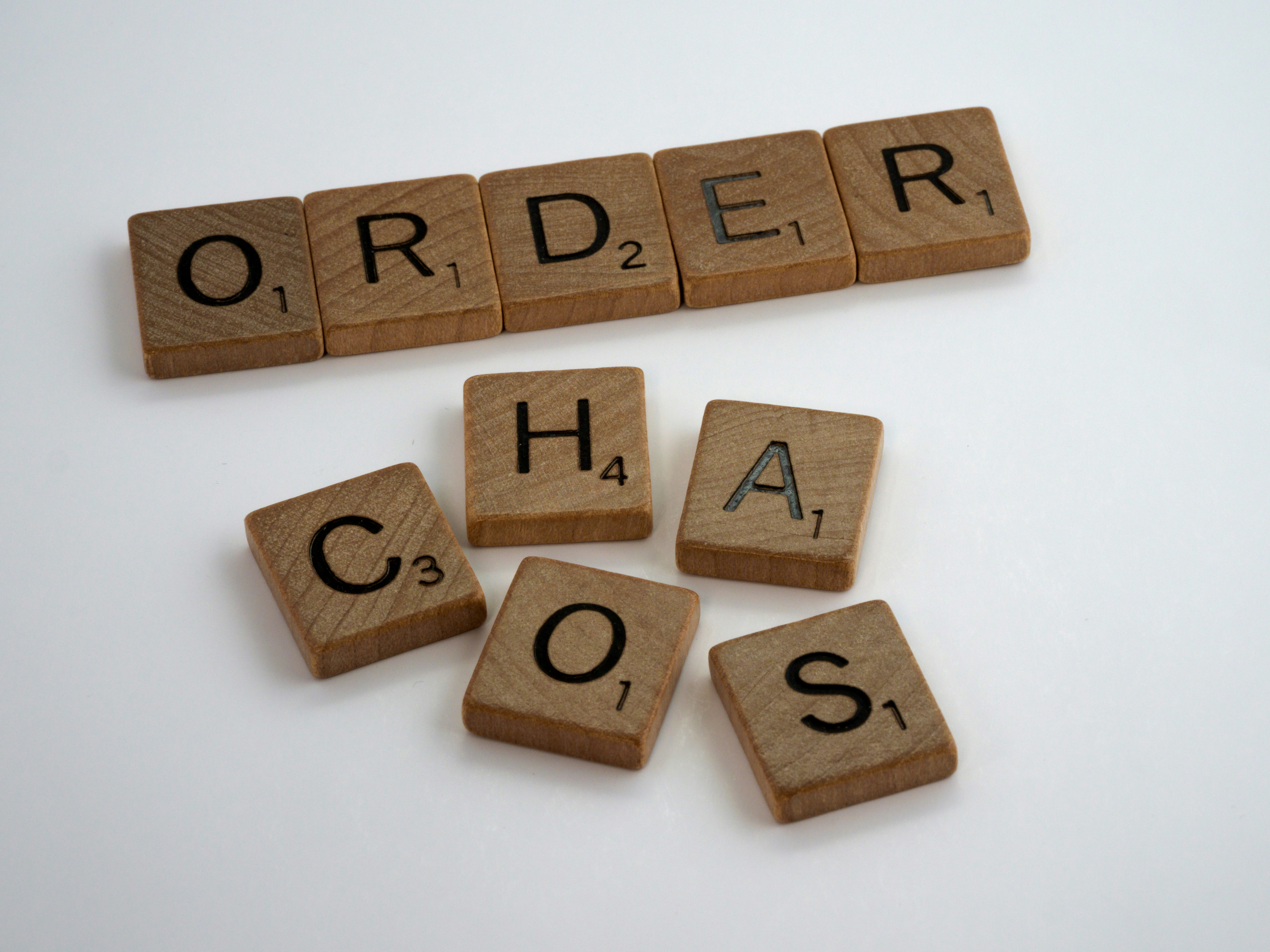Leaders often fall into the trap of prioritizing action – any action – over procrastination. Deadlines loom and as the leader people look to you to be swift, decisive and powerful. All this pressure can lead to a rushed decision. It is worth the reminder that there are times when procrastination can result in a better outcome.
I could have Nike’s brand phrase “Just Do It” as my motto. I am biased towards action. One of my Clifton Strengths top five talents is “achiever.” As a leader, my quick decision-making and action-oriented approach, often served me well. Especially in a crisis situation, a leader with the ability to make quick decisions can be the difference between success and failure or even life and death. Luckily, none of my decisions as a leader had life or death impacts, but they still impacted my team and often the overall business. But there are those times when it feels like a decision needs more time to steep.
I recall one such situation where I had to make a decision, and there was a deadline set by upper management. My organization was downsizing, and I needed to determine who to lay off. I didn’t want to have to lay anyone off but doing nothing wasn’t an option. Because this decision affected people’s lives and livelihood, I took it very seriously. I evaluated several factors, decided, and submitted the information by the deadline. While I don’t regret the ultimate decision I made, I do regret not getting input from and communicating with other leaders before deciding, even if it would have required me to ask for more time. Having those discussions before I made the final decision would have saved a lot of questions and explanations later and might have resulted in a better overall outcome.
The Decision-Making Spectrum
Decision making and taking actions are both important skills for leaders. The decisions that leaders make and the actions they take affect other people and the business. To make optimized decisions, leaders need to be able to make quick decisions when necessary. They also need to know when more information, more input or additional time is required.
Imagine there is a spectrum, with “Acting Too Quickly” at one end of the spectrum and “Doing Nothing” at the other end. Procrastinating is near but not quite at the “Doing Nothing” point – it’s putting off the decision or task for some period of time. How does one keep from jumping to a decision they will regret? How does one avoid putting off a decision or task for so long that they lose their ability to choose a path because by default the decision was made by not making one?
The answer is somewhere in the middle of the spectrum: “Procrastinating with purpose.” For significant decisions in life, procrastinate just the right amount of time so that enough information is available to help you make the best decision. So, how does one “procrastinate with purpose?”
Consider These Steps in Your Decision-Making Process
There are several things to consider when “procrastinating with purpose.”
1) If you are action oriented, resist the urge to make a quick decision.
2) Ask yourself the following to make more data-driven decisions:
a. What are my options?
b. What do I need to know before I make this decision/take this action?
c. Who else should I get input from before deciding/acting?
d. How will this decision/action impact others I care about (family, team, etc.)?
e. Which option(s) give me the best outcomes?
3) Make a pros and cons list for the decision/action.
4) Brainstorm your ideas with someone else (trusted colleagues, mentors, your coach).
5) Delay making the decision/taking action for some period of time. The amount of time may vary depending on the significance of the decision, but set a time when you will come back to the decision/action and review all the inputs, information, etc.
6) Make a decision. This is an important step because not making a decision is defaulting to either the status quo or to someone else deciding for you.
Recently, I had an opportunity to put this advice into practice. A good friend of mine asked me to take over an activity they had been leading for quite a while. She wanted me to take it over because she had gotten too busy, but she cared about the activity and thought I would be the best person to lead it and keep it successful. Instead of rushing to say, “yes,” like I would usually do, I told her thank you for reaching out to me with the opportunity and that I would like to take some time to consider it. After taking a couple of days to think about it, talk it over with another friend, and consider my options, I told her that I wasn’t ready to take over leadership of the effort, but that I would help her with it when I was available.
Procrastinating with purpose enabled me to say no to an opportunity that would have overloaded me, and I would have regretted my decision at some point. My decision also enabled her to seek other options and come up with an approach that allowed her to step back from leading the activity while still ensuring it would succeed.
You can add this “procrastinating with purpose” approach to your leadership and life toolbox, to help you make decisions and take actions that are better for you and your team. Remember to give yourself the space to determine the best action. Sometimes that means asking for more time or more resources, but the data and insight gained are ultimately worth it.













